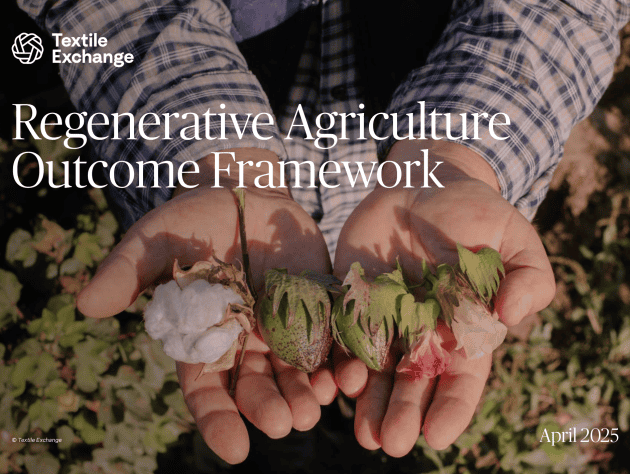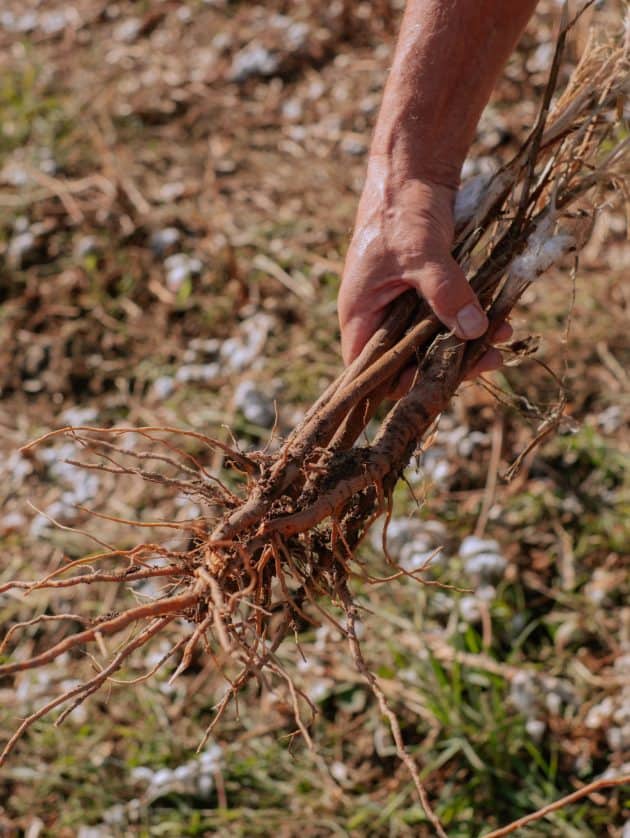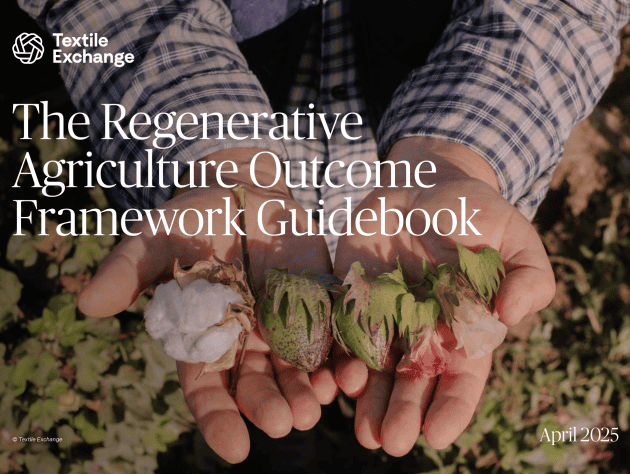The Regenerative Agriculture Outcome Framework aligns the fashion and textile industry on the holistic outcomes of regenerative agriculture.

Approaches to regenerative agriculture are shaped by place, context, and communities — meaning there is no single definition that is fitting for every use case. Instead, it is about shaping place-based solutions that are designed with the people and landscapes they serve. That’s why we created the Regenerative Agriculture Outcome Framework to help the fashion and textile industry align on measurable outcomes for assessing the holistic impacts of regenerative practices, while allowing for flexibility depending on context.
DOWNLOAD
Discover the framework
The Regenerative Agriculture Outcome Framework draws on rigorous research, related sector methodologies (such as science-based targets for nature and the GHG Protocol), scientific literature, and other outcome frameworks. Most importantly, it respects and centers local farm community knowledge.

GOALS
What are the main objectives of the framework?

DEVELOPMENT
How has the tool evolved?
The Regenerative Agriculture Outcome Framework was released in its first iteration in 2023. Since then, it has been piloted by working groups for use within agricultural systems producing cotton and animal fibers, leading to key refinements that improve its applicability and usability. These updates include:
Better alignment with existing frameworks, such as WBCSD’s OP2B framework, to ensure consistency across industries.
Refinements to social outcomes, making them more specific, measurable, and user-friendly.
Clearer distinctions between indicators and metrics, helping users navigate and apply the framework more effectively.
Expanded guidance and communication recommendations, supporting users in talking about the framework with clarity.

GUIDANCE
Download the guidebook
To support users in navigating the framework, we have developed a dedicated guidebook to accompany the tool.

NEXT STEPS
Updating the framework
The Regenerative Agriculture Outcome Framework will undergo another revision to refine its content and develop additional guidance documents as needed. A wider stakeholder engagement process is also planned for the second half of 2025, ensuring the framework continues to evolve in response to industry needs.